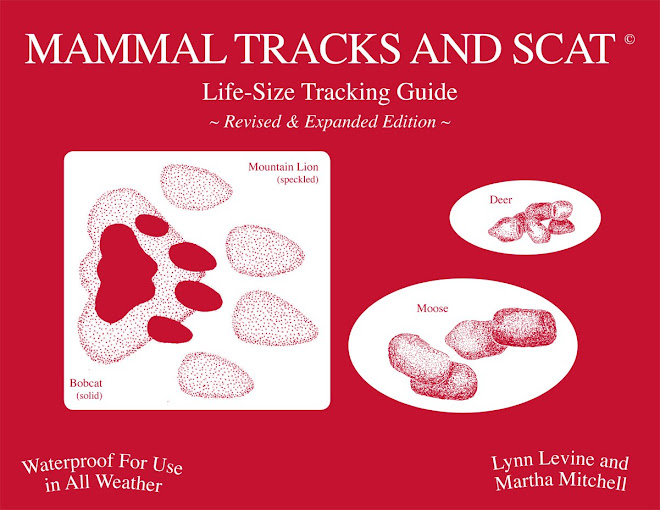

11-29
These Camel Crickets (AKA Cave Crickets) are among the 75 or so individuals that will overwinter safely in the confines of my spring house. They will endure about 7 months of the 'house arrest' as leaving before spring would be fatal.
These crickets are deaf, wingless, nocturnal and they have no mechanism with which to produce sound. Usually they are found under rocks and rotten logs, or in basements or caves. They have extremely long feelers with which to explore the world.
Camel Crickets are genus Ceuthophilus but according to the Audubon Society Field Guide to No. Amer. Insects and Spiders, "Only a specialist can reliably identify species."








